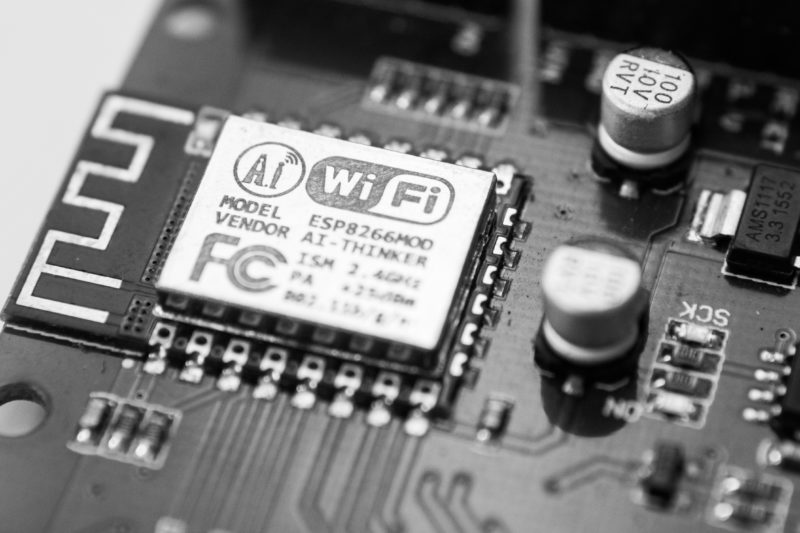Sharing a Home WiFi Network? Here are 5 Tips to Keep Files Private

Sharing a home WiFi network with multiple people is convenient for business matters and reducing download times, but that also means those people have access to any personal files on your computer. By default, any computer connected to a home WiFi network automatically shares user account files and personal documents. With these five WiFi-sharing tips, you can keep transferring data over your network without compromising the privacy of your records.
1. Position the Router
Without a good router signal, you might not be able to efficiently share any files over the network or allow users to browse the web, which almost wholly defeats its purpose. Each time a device requests or sends data over the network, your WiFi router is responsible for sorting the information. When there is interference with the signals from the router, some devices might not transfer files at a consistent rate, and there may be traffic hangups in the network. Since we intend to share the network with all users, make sure the router is positioned correctly in the building, and you turn off devices that aren’t in use.
2. Utilize Parental Controls
If you have children using your network or you want to restrict access to specific types of content on the web for individual devices, most WiFi routers have a “parental control” feature. It’s like a net that captures sensitive information from the network and holds on to it before it reaches each device. When a device is not on the list, the otherwise sensitive content is available through the default file sharing setup on a computer homegroup. Consider using parental controls on devices that you want to use to browse the web, but aren’t used for transferring files or business purposes.
3. Use Guest Access Features
One of the easiest ways to keep data private on your network is to set up a guest network and use that network for devices that you don’t want having access to your files. When you first set up a router, you typically have one network that all devices connect to with a password. Many internet providers offer a guest access feature, which creates a new network that doesn’t have access to private business or administrator files on the main network. Each time a guest arrives or wants to use the internet, give them the guest access network name and its exclusive password.
4. Update Router Firmware
Each WiFi router has software built-in, which blocks out information from known threats on the web. Without firmware, the router would not be able to prevent hackers, malicious websites, or software from connecting to your devices and stealing your private information. The manufacturer of your router keeps a database of the latest threats on the web and provides update patches for all of their devices to keep your network connection safe. It’s recommended to routinely update your router’s firmware to keep up with an ever-developing list of online threats.
5. Setup Encrypted File Sharing
If you don’t want to block out file sharing for your devices completely, you can always choose to password-protect specific files. Keeping specific file structures protected by encryption keeps out hackers if they happen to pass through a router firewall or enter the network through a separate device. Each time a device requests access to the file on your network, it is denied. The only way to change or open the file is to be logged in as an administrator and to enter the file encryption key.
Keep Everyone Connected and Your Files Private
Is your router ready to host a guest party without sharing all of your private data? You can give all devices in your house separate access to the internet with any combination of these network protection methods. Still, you’ll likely find a guest access network the most convenient. Any time you need to provide private internet access, you can give others the guest network details and login information.

